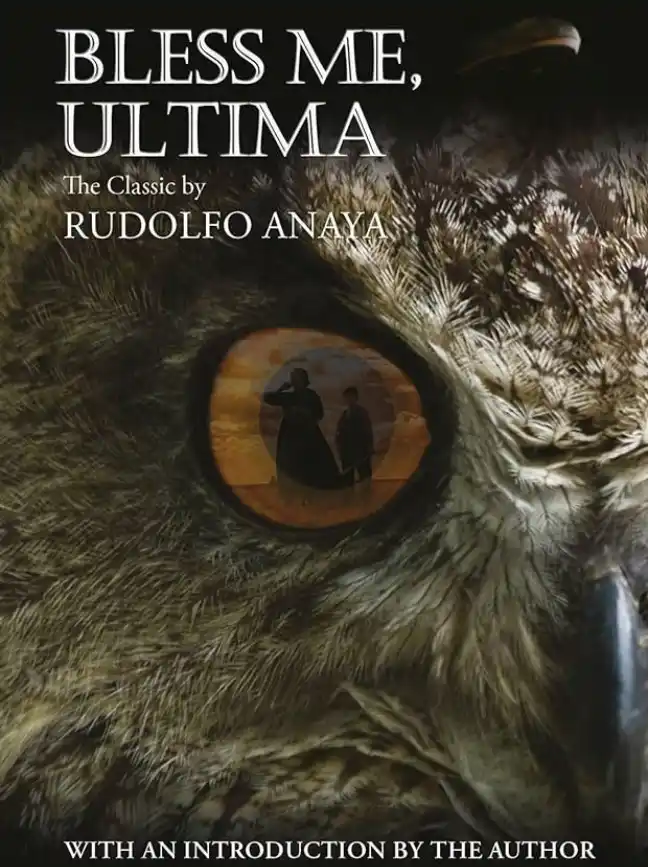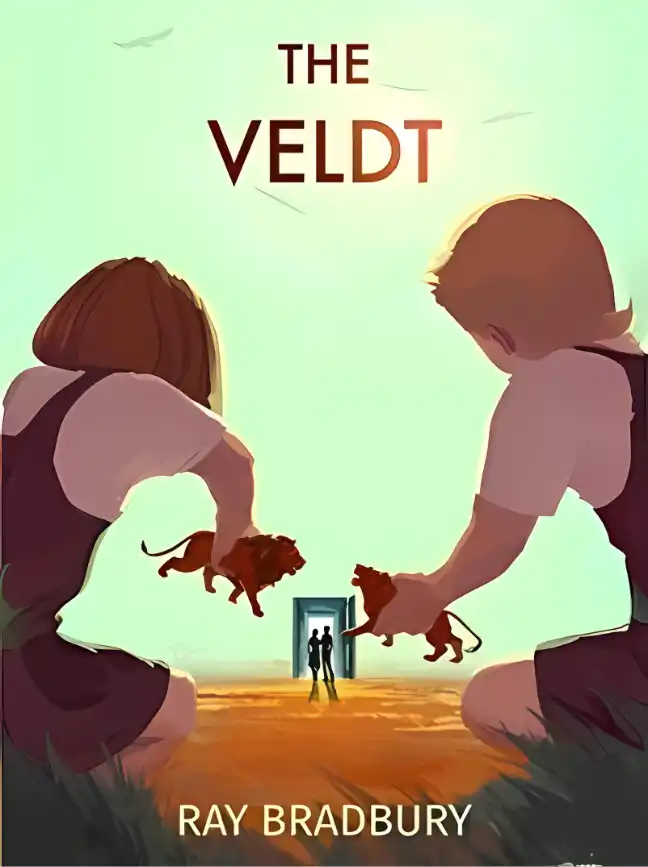“Surviving House, Kalapana, Hawaii, 1993”
– Diane Cook
In Passion For Pity and Other Recipes For Disaster (London: Greenhill Books, 1996) Helmut Muir cried: “They both live. They even get married.
It’s a happy ending.”
Which is true. Both Karen and Will Navidson survive their ordeal and they do exchange conjugal vows in Vermont. Of course, is it really possible to look at Navidson’s ravaged face, the patch covering his left eye, the absence of a hand, the crutch wedged under his annpit, and call it a “happy” ending? Even putting aside the physical cost, what about the unseen emotional trauma which Muir so casually dismisses?
The Navidsons may have left the house, they may have even left Virginia, but they will never be able to leave the memory of that place.
“It is late October,” Navidson tells us in the closing sequence to The Navidson Record. Almost a year and a half has passed since he emerged from the house. He is still recovering but making progress, pouring his life into finishing this project. “At least one good thing to come out of all this,” he says with a smile. “The skin condition plaguing my feet for all these years has completely vanished.”
The children seem to approve of Vermont. Daisy adamantly believes faeries inhabit the countryside and spirits possess her collection of stuffed animals and dolls, in particular a red and gold one. Chad on the other hand has become obsessed with Lego, spending countless hours with pounds and pounds of their arrangement. When questioned about this newfound interest, he only says that someday he wants to become an architect.
Karen struggles every day to keep up with everyone’s energies. Only recently she was diagnosed with malignant breast cancer. The mastectomy was considered “successful” and subsequent chemotherapy declared “very effective.” Nevertheless hair loss and severe stomach ulceration have left Karen gaunt and grey. She has lost too much weight and constantly needs to sit down to catch her breath. Still, as Navidson tenderly shows us, her willo’-the-wisp smiles seem impervious to the ravaging effects of disease and whenever she laughs the notes sing a call to Victory.
Navidson captures all this in simple, warmly lit shots: simmering milk, roasted walnuts and against a backdrop of black ash and pme, Karen’s graceful fmgers braiding her daughter’s long auburn hair. Despite Karen’s infrequently removed woolen hat, she and Daisy still both share a remarkable radiance. What Massel Laughton once described as “a kind of beautiful mischief.” [427-Massel Laughton’s “Comb and Brush” in Z, v. xiii, n. 4, 1994, p. 501.]
Nor is this the only shot of mother and child. Hundreds of photographs hang on the walls of their home. Every room, stairway, and corridor supports pictures of Karen, Daisy, Chad, and Navidson as well as Tom, Reston, Karen’s mother, their friends, distant relatives, ancient relatives, even Mallory and Hillary.
Though this collage is immensely appealing, Navidson is wise enough to know he cannot close on such images. They may be heartwarming but what they imply rings false. As Navidson says himself: “I kept looking for assurances, for that gentle ending, but I never found it. Maybe because I know that place is still there. And it always will be there.”
Navidson has never stopped wrestling with the meaning of his experience. And even though it has literally crippled him, he somehow manages to remain passionate about his work. Mercifully, in her captivating book on art, culture, and politics, in which she includes The Navidson Record in the spire of her analysis, Daphne Kaplan reminds the reader what it means to be passionate:
Passion has little to do with euphoria and everything to do with patience. It is not about feeling good. It is about endurance. Like patience, passion comes from the same Latin root: pati. It does not mean to flow with exuberance.
It means to suffer. [Daphne Kaplan’s The Courage to Withstand (Hopewell, NJ: Ecco Press, 1996), p. iii.]
Navidson suffers the responsibilities of his art and consequently must turn from the blind comfort found in those neatly framed photographs filling his home to follow his costume clad children out into the New England streets, their hearts set on sacks of candy, their paths hidden beneath cold coloured leaves.
In those final shots, Navidson gives a wink to the genre his work will always resist but invariably join. Halloween. Jack O’lanterns. Vampires, witches, and politicians. A whole slew of eight year old ghouls haunting the streets of Dorset, plundering its homes for apples and MilkyWays, all while tossing up high-pitched screams into the sparkling blackness forever closing in above them.
Tongues of grey ice cover the roads, candles flicker unevenly, and grownups gulp hot cider from styrofoam cups, always keeping watch over their sheep in wolves’ clothing lest something disturb their pantomime. Each squeal and cry arrests a sip of warmth as parents everywhere immediately seek out these tiny forms wending their way from porch to porch across great lakes of shadow.
Navidson does not close with the caramel covered face of a Casper the friendly ghost. He ends instead on what he knows is true and always will be true. Letting the parade pass from sight, he focuses on the empty road beyond, a pale curve vanishing into the woods where nothing moves and a street lamp flickers on and off until at last it flickers out and darkness sweeps in like a hand.
– December 25, 1996
EXHIBITS
Though never completed, Zampanô left the following instructions for a series of plates he planned to include at the end of The Navidson Record. – JT.
ONE
Instructions:
§ Provide pictorial examples of architecture ranging from early Egyptian, Mycenaean, Greek, and Roman to Gothic, early Renaissance, Baroque, Neoclassical, and the present.
§ Emphasize floor plans, doorways, pecliments, gables, columns, capitals, entablatures, and windows.
§ Also create a timeline indicating general dates of origin for developing styles.
§ For references see bibliography in Chapter IX.
TWO
Instructions:
§ Provide examples of hand shadows ranging from crabs, snails, rabbits, and turtles to dragons, panthers, tigers, and kangaroos. Also include hippos, frogs, elephants, birds of paradise, dogs, cockatoos, and dolphins.
§ Supply diagrams detailing light and display requirements.
§ See Phila H. Webb and Jane Corby’s The Little Book of Hand
Shadows (Philadelphia: Running Press, 1990) as well as Sati Achath and Bala Chandran’s Fun With Hand Shadows: Step-By-Step Instructions for
More Than 70 Shadows-From Cud-Chewing Cows and Dancing Elephants to Margaret Thatcher and Michael Jackson (NTC/Contemporary Publishing, 1996).
THREE
Instructions:
§ Illustrate date determination techniques utilizing potassium-40/argon40, rubidium-87/strontium-87, and samarium- 147/neodymium- 143.
§ Provide table for uranium-235 and -238 found in lead isotopes.
§ Include all data in Zero Folder. [428-Missing. – Ed.]
FOUR
Instructions:
§ Reproduce all facsimiles of The Reston Interview and The Last Interview. [429-Missing. – Ed.]
FIVE
Instructions:
§ Duplicate page 2-33 in Air Force Manual 64-5 (15 August 1969) [430 -See Appendix IT-C. – Ed.]
SIX
Instructions:
§ Reproduce Karen’s completed Sheehan Clinician Rated Anxiety Scale as well as her Marks and Mathews Phobia Scale. [431-See Appendix IT-
C. – Ed.]
§ Highlight the following information: Project ID: 87852341. Date of Birth: July 24th Patient ID: 002700
§ For interpretation and examples see Isaac M. Marks’ Living with Fear
(McGraw-Hill, 1978); Isaac M. Marks’ Fears, Phobias, and Rituals: Panic,
Anxiety, and Their Disorders (Oxford: Oxford University Press, 1987) and
The Encyclopedia of Phobias, Fears, and Anxieties by Ronald M. Doctor, Ada P. Kahn, Ronald D. Doctor and Isaac M. Marks (New York: Facts on File, 1989).
Appendix
Zampanô produced a great deal of material outside of The Navidson Record. Here’s a selection of journal entries, poems and even a letter to the editor, all of which I think sheds a little more light on his work as well as his personality. – JT.
A.
Outlines & Chapter Titles
The Navidson Record
Intro
1/4″
Tom
The Five and a Half Minute Hallway
Exploration A (Navidson’s Visit)
Exploration #1 (Across the Anteroom)
Exploration #2 (To the Great Hall)
Exploration #3 (Seven hours down the Spiral Staircase)
Exploration #4
SOS
Into The Maze
Rescue
(Tom’s Story)
The Falling Quarter
The Holloway Tape
Evacuation
“What Some Have Thought” [*-Not included in final release.]
“A Brief History Of How [sic] I Love”
The Reston Interview
The Last Interview Exploration #5 The End
Release History
1990 – “The Five and a Half Minute Hallway” (VHS Short) 1991 – “Exploration #4” (VHS Short)
1993 – The Navidson Record








